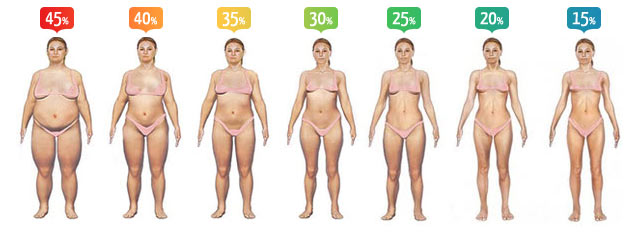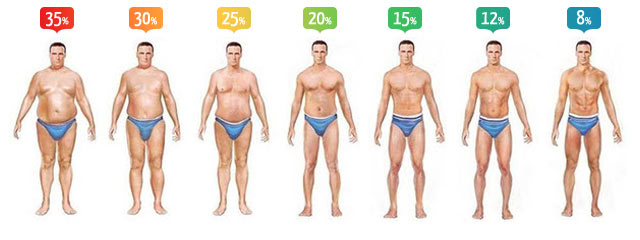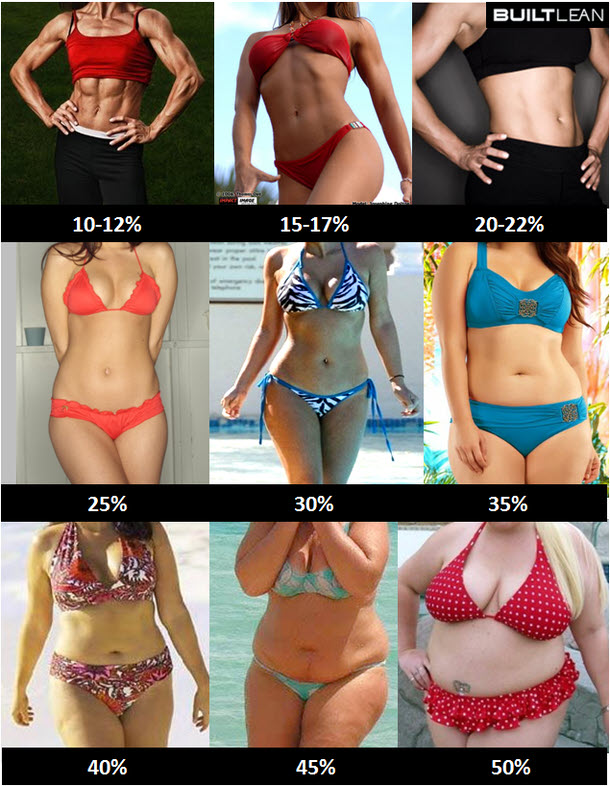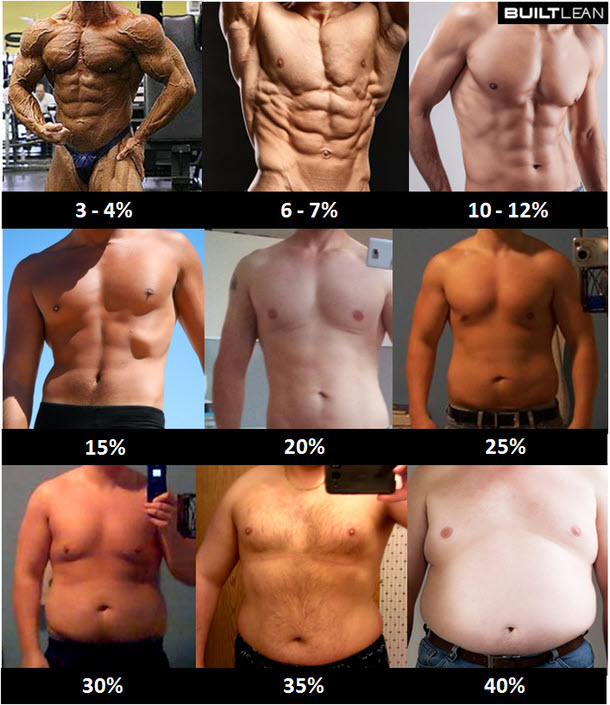Follow us 261.1k
Your Calculated Macros
Below are the calculated macronutrient values to help you achieve your goals. Please keep in mind
that these calculations are estimates and small differences won't impair your progress.
You likely have different energy requirements every day, so what really matters is the long-term
average, e.g. over a week, not your exact daily values.
Maintenance
Maintenance level is the level at which your weight remains stable.
Goal
Sorry, cannot offer any weight loss suggestions. Please use the Custom section for weight loss macro targets.
Your body fat is too low. You should have a minimum of % body fat (essential fat you cannot lose). It is not advisable for you to lose any more weight.
Based on the amount of net carbs you specified, it would impossible to lose any weight. Please, reduce the amount of net carbs and try again.
Below is a range of calorie deficits to help you lose weight. For best results, it is recommended that you opt for a moderate calorie deficit of 10-20%.
Below is a range of calorie surpluses to help you bulk up and gain muscle size. Keep in mind that you will need to add physical activity (weight training) in order to increase your muscle mass. For best results, it is recommended that you opt for a moderate calorie surplus of 10-20%.
Enter the calorie intake adjustment. For a calorie deficit (weight loss) enter a negative value (e.g. -10) while for a calorie surplus (weight gain) enter a positive value (e.g. 15).
It is recommended that you opt for a moderate calorie deficit or surplus.
Calorie adjustment:
%
We have open sourced KetoDiet Buddy, you can now find the source code for our Keto Calculator on Github.
What is the Ketogenic Diet?
Ketogenic diets are high in fat, adequate in protein and low in carbohydrates. Generally, the macronutrient ratio varies within the following ranges:
- 60-75% of calories from fat (or even more),
- 15-30% of calories from protein, and
- 5-10% of calories from carbs.
The exact amount of fat and protein is a matter of individual body responses and activity levels. However, most people on ketogenic diets don't consume over 5% of calories from carbohydrates.
In most cases, you won’t need to count calories on a ketogenic diet. However, if you find it hard to lose weight or you are relatively fit and trying to lose a small amount of fat, you may also have to count calories.
If you just started following a low-carb diet, don't forget to read my free Guide to Keto & Paleo Diet which includes a print-friendly PDF version! You will find all the information you need, including the keto food list and tips on how to follow the diet to achieve your goals.
Maintenance Level
Maintenance Level, also known as Total Energy Expenditure, is a level at which you maintain a stable bodyweight. According to Lyle McDonald:
Maintenance Level = BMR + TEA + TEF
where:
BMR is the Basal Metabolic Rate,
TEA is the Thermal Effect of Activity and
TEF is the Thermal Effect of Feeding
Basal Metabolic Rate is the amount of energy expended daily at rest. BMR is calculated by Mifflin - St Jeor Formula, which was found to be the most accurate.
Thermal Effect of Activity, also known as Activity Level, determines additional energy expenditure due to moving around and exercising. According to Lyle McDonald, broadly speaking, there are 5 categories / activity levels. We readjusted the multipliers from Lyle McDonald's book to better reflect different activity levels that work for most people.
Find your activity level
- Sedentary: very little or no exercise (light walking) and most office jobs (receptionists, graphic designers, accountants, customer service workers, etc.)
- Lightly Active: 1-3 times a week, light exercise such as light cardio (walking, light cycling) and lightly active jobs (teachers, nurses, etc.)
- Moderately Active: 3-5 times a week (moderate cardio and muscle training) and moderately active jobs (waiters, cooks, etc.)
- Very Active: 5 and more times a week (hard exercise, intense cardio and muscle training at fitness level) and very active jobs (constructive workers, farmers, landscapers, etc.)
- Athletes / Bodybuilders: daily exercise at a professional level (HIIT training, heavy lifting) - calorie expenditure of individuals may vary significantly
Thermal Effect of Feeding
TEF represents the increase in metabolic rate when food is ingested. Protein and carbohydrates have the highest specific dynamic action, while fat has the lowest. As a result, TEF on the ketogenic diet will be 10% on average.
Protein Intake
The optimal protein intake depends on your lean mass (total weight minus body fat) and your activity level. Too much protein may disrupt ketosis, as excessive protein will be converted into glycogen and have a similar effect on ketosis as eating too many carbs. On the other hand, too little protein may cause muscle loss.
You don’t want to lose muscles because this will also slow down your metabolism and your body will burn less calories. To find out your ideal protein intake, you need to multiply your lean mass by a factor determined by your activity level.
According to Volek and Phinney (The Art and Science of Low Carbohydrate Performance), the multiplying factor should be between 0.6 - 1 grams per a pound (1.3 to 2.2 grams per a kilogram) of lean mass.
As an example, if your weight is 160 pounds and your body fat is 30%, your lean mass weight is calculated as follows:
160 lbs - 30% = 112 lbs
Therefore, your protein intake should be between:
112 x 0.6 = 67 g of protein (minimum amount)
112 x 1.0 = 112 g of protein (maximum amount)
Using your activity level will help you determine your protein intake more precisely. Based on the figures above, the ideal protein intake for different activity levels would be as follows:
- Minimum protein intake for sedentary people = 0.6 x lean body mass in lbs
- Lightly active = 0.7 x lean body mass in lbs
- Moderately active = 0.8 x lean body mass in lbs
- Very Active = 0.9 x lean body mass in lbs
- Maximum protein intake = extremely active = 1 x lean body mass in lbs
Protein intake on a ketogenic diet does not change based on your goal - in other words it's the same for weight loss, weight maintenance and weight gain!
Protein intake during the first 3 weeks
Adequate protein intake and developing ketosis are both critical for maximising fat loss and sparing muscle mass during the ketogenic diet. However, it will take up to 3 weeks before your body gets keto-adapted (in some cases even more). During the initial phase of the ketogenic diet, nitrogen losses may occur if your daily net carbs intake is very low. When your carbohydrate intake goes down, your body converts body protein into glucose. Since about 16% of protein is nitrogen, you may lose muscle mass which will cause a decrease in your metabolic rate. This could have a negative impact on fat loss. For example, if your carbs intake is close to zero, you you may have to eat more protein (aka protein sparing modified fast). Keep in mind this applies to zero carbohydrate intake which means it does not affect most people following the ketogenic diet.
According to Lyle McDonald:
How Many Carbs Do I Need to Spare Protein Loss?
Early research into the topic of starvation and low-carbohydrate dieting found that as few as 15 grams of carbohydrates per day can limit nitrogen loss in the body. And raising carbohydrate intake to 50 grams per day severely limits the need for the body to use amino acids for gluoconeogenesis (which is why I suggested setting daily carbs on the low-carb days of The Ultimate Diet 2.0 at 50 grams). This occurs via at least two mechanisms:
1) The increased carb intake maintains blood glucose and insulin at a higher level (inhibiting cortisol release).
2) The carbohydrate provides glucose for the brain, limiting the need to break down body protein.
Basically, in the context of dieting, dieters can either jack up dietary protein to cover the increased carbohydrate requirements of dieting or simply eat slightly more carbohydrates to provide them directly. Both have the same end-result. 15-50 grams per day limits the body’s need to break down protein and will allow protein requirements to be set lower than a diet providing essentially zero carbohydrates per day.
How to find your Body Fat Percentage
There are several ways of varying accuracy and complexity for estimating your body fat.
1. Using Skinfold Calipers (preferred method)
To get a good estimate of your body fat percentage, use our Body Fat Calculator (Jackson / Pollock method). For the most accurate results, use a formula best suited for your needs (read more about other caliper methods).
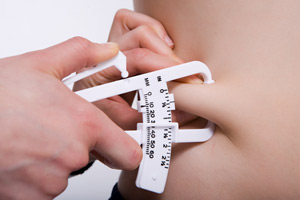
2. Body measurement method
Not the most accurate but can give you a rough idea - it uses your body measurements (waist, hips and neck). Here is a good on-line calculator you can use.
3. Using DEXA (Dual-energy X-ray absorptiometry)
4. Visual estimates using comparison illustrations - see the end of this post for comparison images.
Carbs
The aim is to find the level best suited for you. There are two ways to count carbs - you can either count total carbs or net carbs (net carbs are total carbs minus fibre). According to Volek and Phinney, you should not eat more than 50 grams of total carbs (25-30 grams of net carbs) on a ketogenic diet. If your aim is to lose weight or maintain a healthy weight, eating 20-30 grams of net carbs (up to 50 grams of total carbs) is a great way to start. If you want to learn more about total vs net carbs, read this post.
In cases such as for the Restricted Ketogenic Diet for therapeutical uses, you may need to eat less than 20 grams of net carbs, or even less than 20 grams of total carbs. To learn more about carbs, check out this post.
Fat
Since the ideal protein intake is fixed based on your lean mass and activity level and your net carbs intake is specified by you, the only macronutrient that needs adjusting is the fat intake. Your fat intake is used to adjust the calorie intake. The more fat, the more calories. Typically, you adjust fat so that you reach but not exceed your target calories.
Obviously, the bigger the calorie deficit, the faster the weight loss. However, for best long term results a moderate deficit is recommended. Even for active individuals, best results are achieved with moderate caloric deficits.
Minimum Calorie Intake
What is the minimum calorie intake to achieve maximum fat loss? There are multiple factors that determine the minimum an individual should consume.
- Essential body fat is vital fat mass you cannot lose and it’s 8-12% for women and 3-5% for men.
- To prevent the formation of gallstones, your fat intake should not be less than 30 grams per day (Phinney and Volek, The Art and Science of Low-carbohydrate Living).
- The maximum rate at which your body can release fat is 69.2 kcal per a kilogram of non-essential fat (290 kJ/kg) per day.
Although the maximum rate at which your body can release fat is based on a study that has not been done specifically for low-carb, ketogenic diets, it can be used as a safe estimate of the maximum fat loss.
What if you eat less than the minimum calorie intake?
The minimum food intake in calories tells us the maximum rate at which your body can metabolize fat and, therefore, at which you can lose fat. You should not go below this limit to avoid negative side effects such as loss of muscle mass, or decreased Basal Metabolic Rate.
Additional tips
- First of all, don't weigh yourself more than once a week. There are natural fluctuations related to water retention and hormonal balance. If you are a woman, you will notice these fluctuations more often. If you see no movement on the scales or even if your weight goes up, it doesn't mean you are not losing fat. If you exercise, you may even see a little increase in weight, as muscles are heavier than fat. The important thing here is to concentrate on losing body fat. Don’t rely just on scales, use body tape, calipers, belts or clothes to see any changes.
- Recalculate your macronutrients at least on a monthly basis. As your body weight and body fat change, your macronutrient ratio will also change.
Top Posts
Body Fat Percentage Of Men & Women
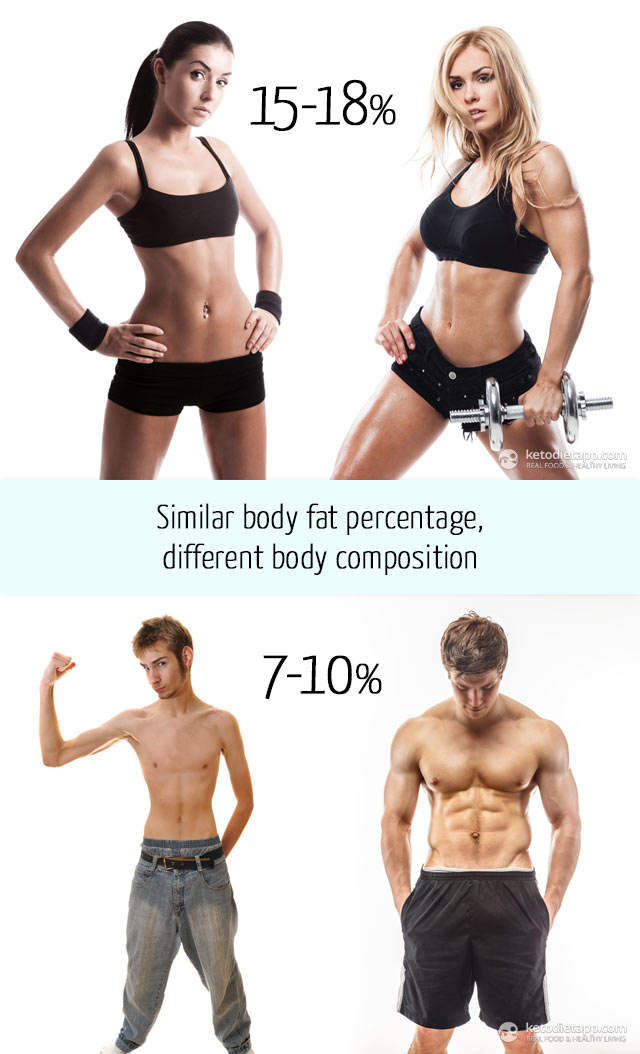 Follow us 148.4k
Follow us 148.4k
Images via BuiltLean.com:
